The Road To Exosuit Success
Deploying exoskeletons in your workplace can seem like a daunting challenge. The good news is that the team at HeroWear has already helped hundreds of customers successfully deploy exoskeletons to thousands of workers.
The guide below is a high-level overview of the process we use to help our customers ensure the successful deployment of exoskeletons. Our team will work with your organization every step of the way.
10-steps to Successful Exosuit Deployment
Phase A: Pre-Planning
Success starts before you begin. Proper planning and goal setting will ensure success and support throughout your organization.
Step 1: Identifying Needs and Setting Goals
Who: Safety and Operations Leadership
-
Identify potential needs and establish goals.
Step 2: Scoping Deployment
Who: Safety, Operations, and Financial Leadership
- Scope deployment and confirm available funding.
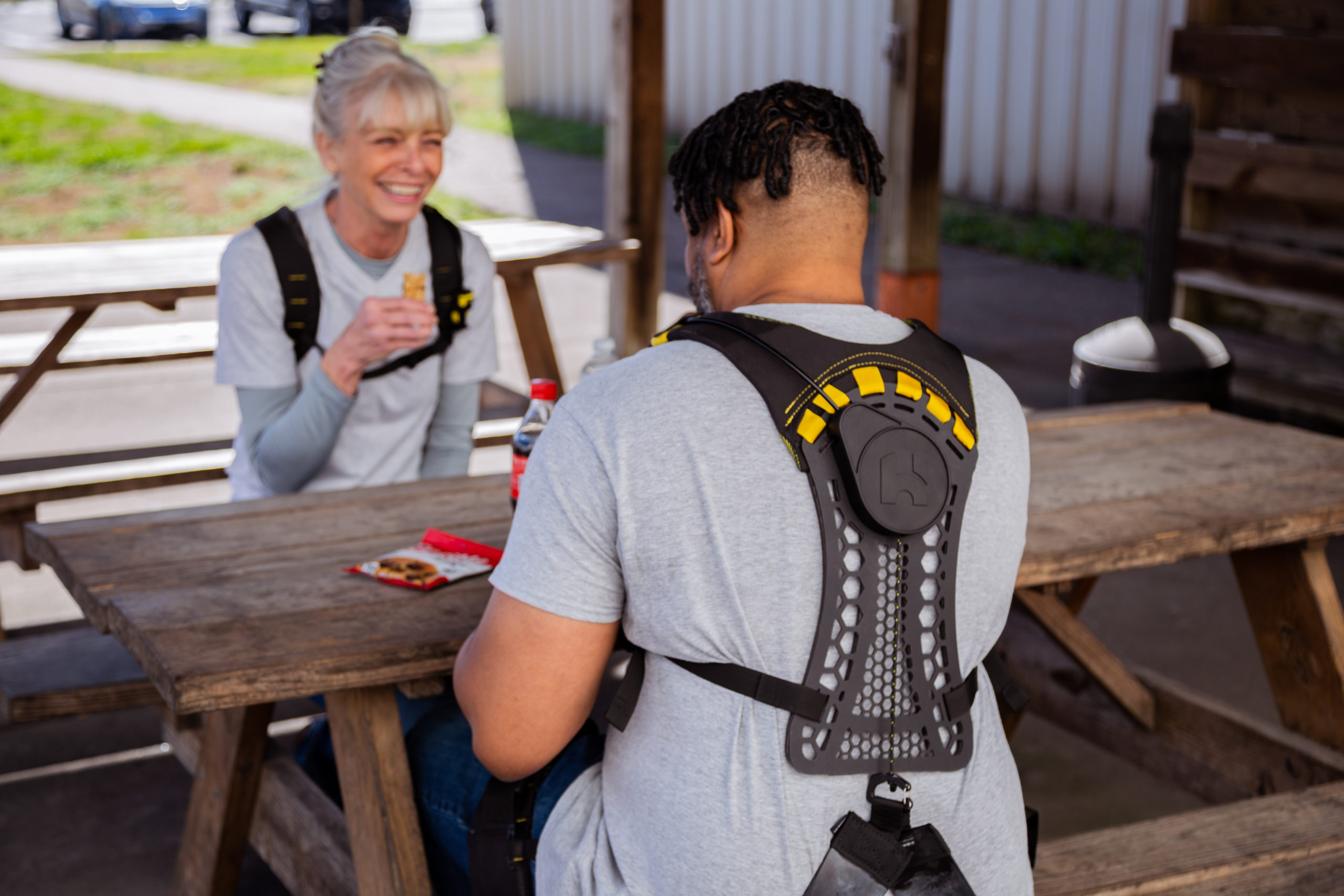
Phase B: Deployment
Deployment means more than putting suits on workers. Change management at scale includes education, expectation setting, and ensuring alignment of everyone from leadership to front-line workers.
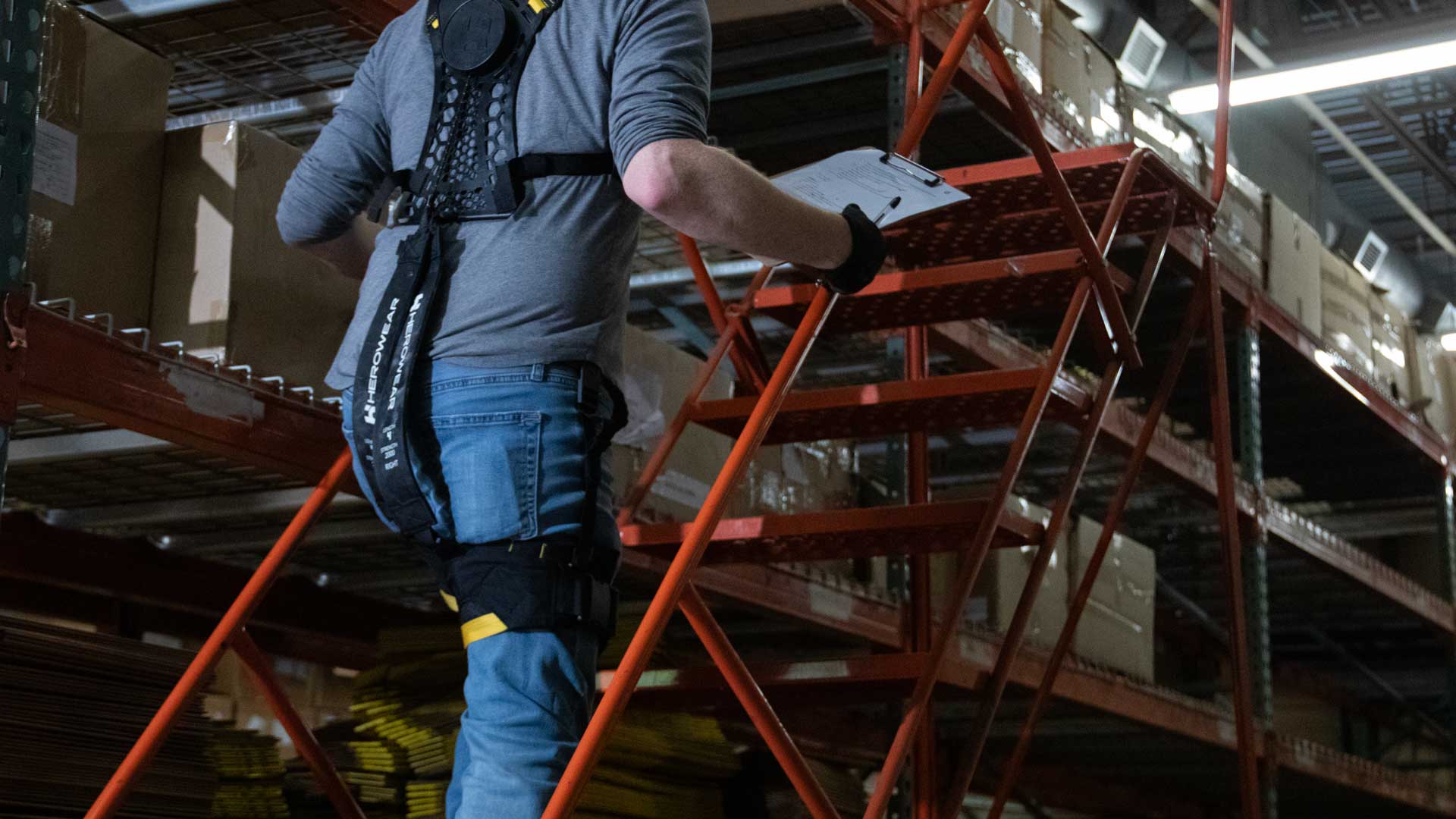
Step 3: HeroWear Introduction
Who: Leadership for the facility and groups involved in the deployment
- Align leadership on goals and initial timeline for deployment
Step 4: Key Stakeholders Planning Call
Who: All key stakeholders and support staff who will support the deployment
- Confirm all planned users, groups, and locations and propose an initial timeline.
Step 5: Key Stakeholders Final Call
Who: All key stakeholders and support staff who will support the deployment
- Establish the detailed timeline and requirements for training users and deploying exosuits.
Step 6: Launch
Who: Exosuit users and support staff
- Train support staff and exosuit users on all fitting, use, storage, and cleaning of exosuits.
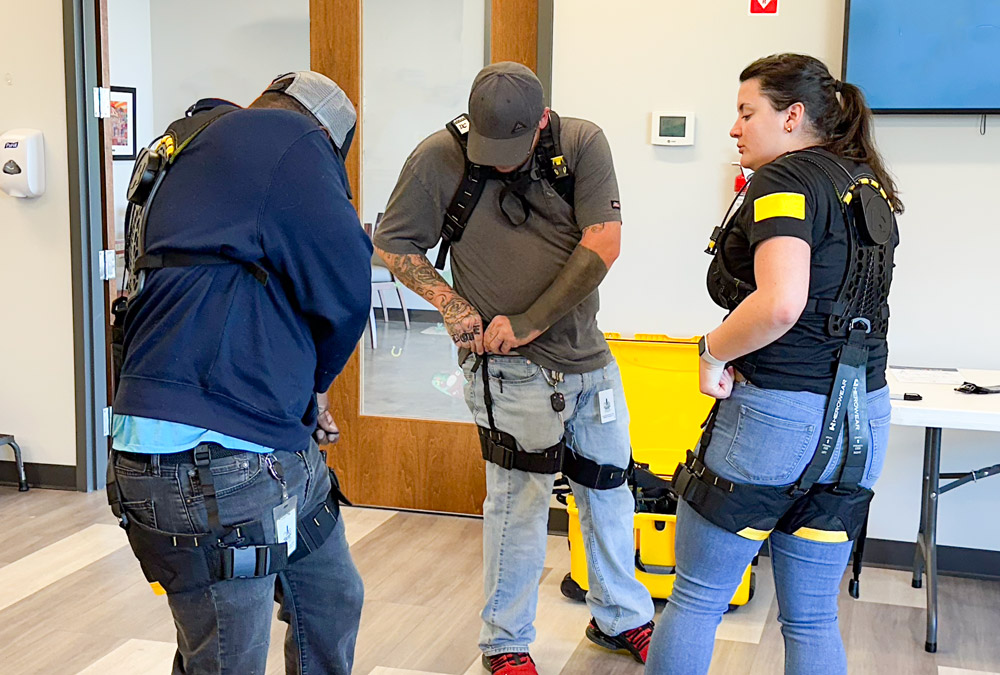
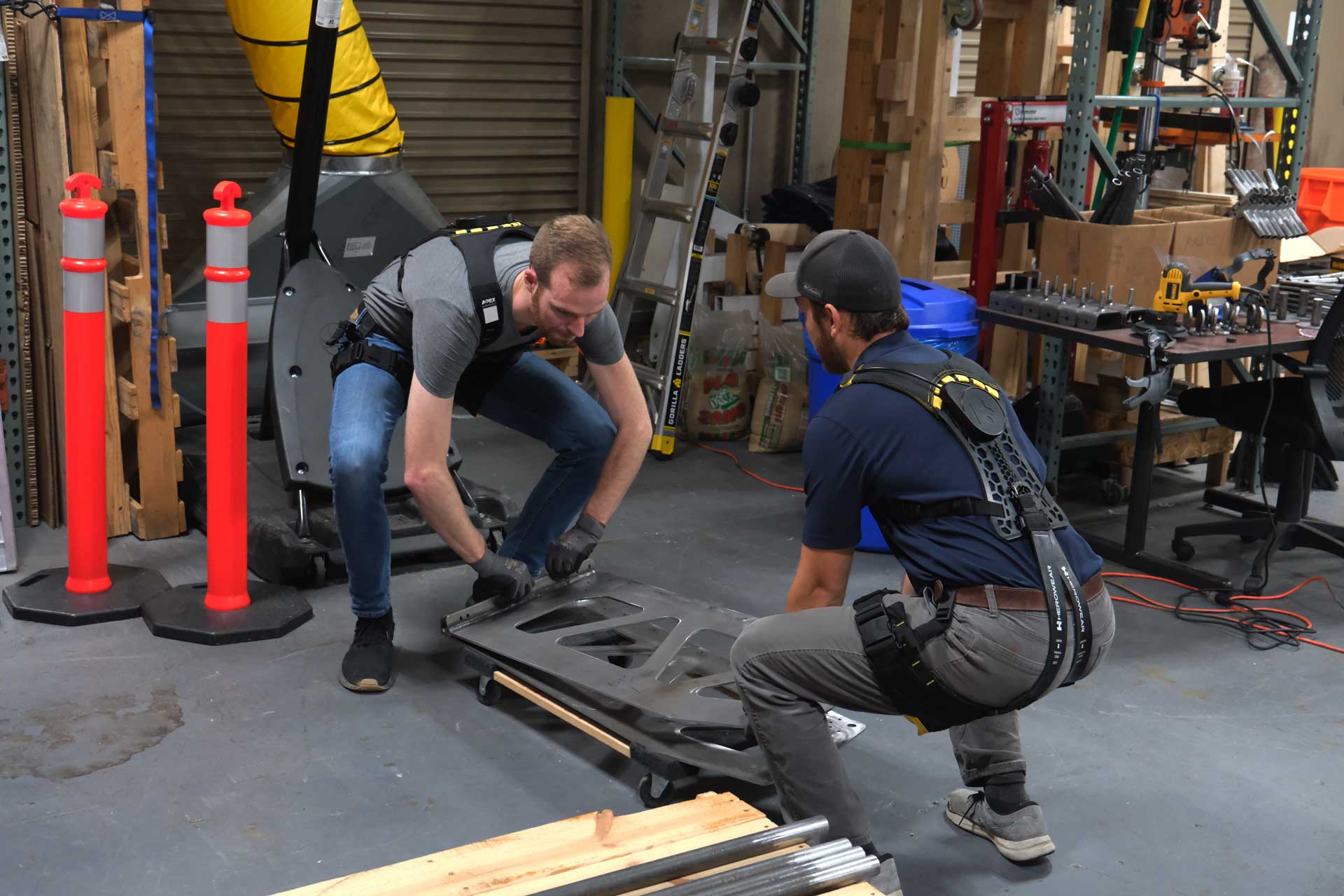
Step 7: Execution of Deployment
Who: Exosuit users, support staff, and key stakeholders
- Daily and weekly checks with support staff and users to identify and address any issues that arise.
Step 8: Post Deployment
Who: Key stakeholders and leadership
- Provide feedback and record results of deployment against established goals to leadership teams.
Phase C: Sustainment
Your exosuit project doesn’t end when the last training session is done. Ensuring sustained support is key to operationalizing exosuits and making them a “new normal” in your organization.
Step 9: Consider Expansion
Who: Safety and Operations Leadership
- Evaluate success vs established goals and identify opportunities for expansion.
Step 10: Ongoing Sustainment
Who: Support staff and key stakeholders
- Continue inspection and consumables replacement based on established guides, and reassign exosuits as needed based on employee turnover or job rotation.
- Ensure support staff is also trained and supported as they turnover.
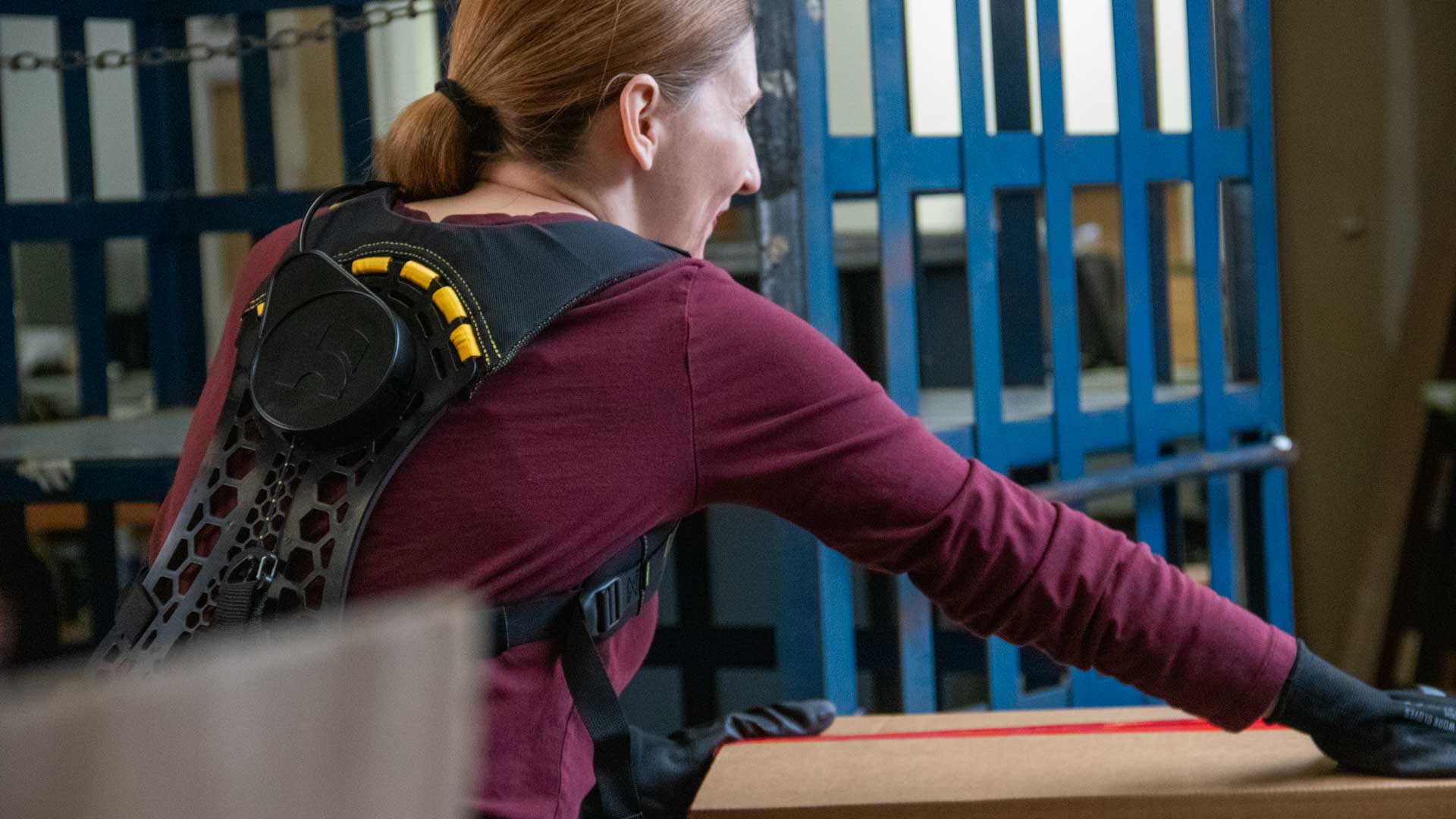
Ready to Get Started?
Begin Your Exosuit Journey